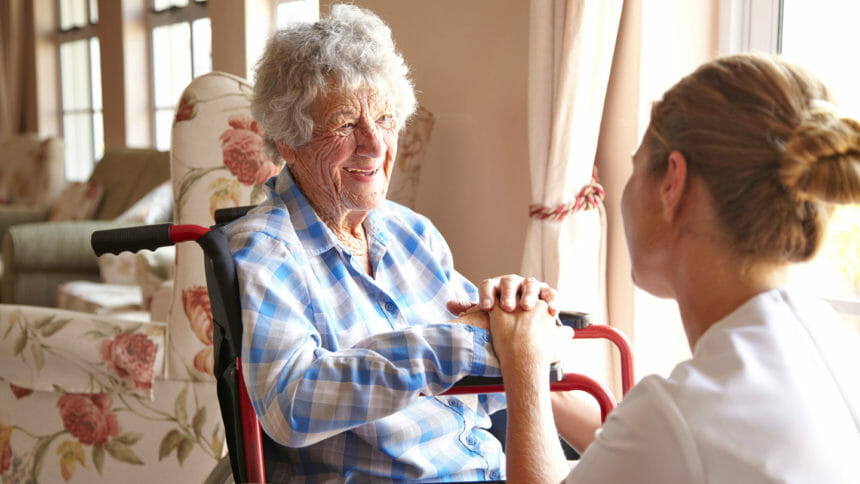
Senior nursing home managers and direct care staff have very different perceptions on their facility’s performance and priorities related to resident safety.
That’s one of the key findings from a recent analysis, published in February’s Journal of Patient Safety. Researchers reached their conclusions by polling more than 1,300 professionals from 56 Veterans Health Administration nursing homes, with a diverse range of titles, from nursing assistant to senior manager.
They found that more often than not, direct care staff generally perceived their safety processes to be weaker than did senior managers, with both sides often differing on what should be prioritize. Lead author Emma Quach, Ph.D., said leaders need to strengthen their communication channels with direct care staff to stay on top of safety issues that might pop up.

“There needs to be an exchange of ideas in both directions,” said Quach, who is a postdoctoral fellow with the Center for Healthcare Organization and Implementation Research. “It’s possible that senior managers have a better view of safety because they know all of the organizational initiatives taking place, but direct care staff don’t, and that’s not being communicated down. And the issues that direct care staff see are not being communicated up. These conversations hold promise for bringing the two types of staff together to build more cooperation and mutual understanding.”
Another interesting finding, she noted, is that there seems to largely be agreement among frontline staff about their rating of patient safety performance at their facility. Quach said that’s evidence of a strong safety climate, that they see things “in a unified way.”
“That’s evidence that senior managers should really take what direct-care staff say to heart because they see things in the same way,” Quach said. She added that she hopes next to further analyze the link between safety climate and resident outcomes.




